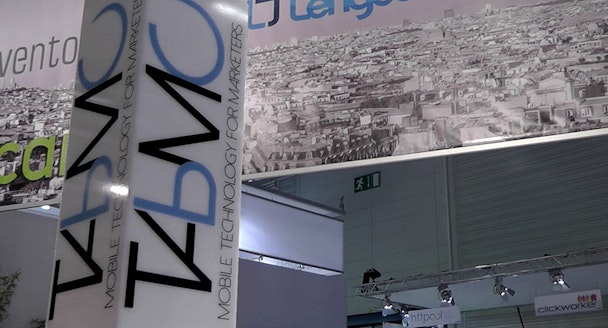The marriage of creative and programmatic: it is in everyone’s interests to make it work
Initially built to increase the efficiency of online advertising and reduce its cost, programmatic platforms have not traditionally factored in the creative element of the advertising equation. Technology skews towards the role that data plays in an advertising world that is often quoted as shifting from one of ‘Mad Men’ to that of ‘math men’.

The marriage of creative and programmatic
But this is changing. 2015 saw much discussion by the technology firms on the importance of creativity as it was recognised that not only can creativity co-exist with programmatic, it has a key role to play. The Silicon Valley barometer reflected this sea change as companies including Facebook, Instagram and Apple made new hires from agencies’ creative teams.
The argument is fuelled further as mobile grows in stature as an advertising channel. Mobile offers advertisers unique benefits because it allows them to target consumers based on location and context. A mobile user located in the business lounge of an airport during the week can be identified as someone likely to be a business user and served a relevant ad, for example for a luxury car.
But precise, location-based targeting loses significant value if the creative does not match the context. Looking again at the luxury car brand, it is highly likely that it will be more effective in reaching the same business user if they use a different ad when approaching them during their leisure time.
In short, as programmatic mobile advertising enables increasingly targeted messages to be sent to select audiences when they are at their most receptive, the importance of getting the creative right cannot be understated.
It is early days, but there are signs that closer working relationships between the creative and planning teams are driving change in the industry.
Mobile platforms are being developed and built with creativity in mind so that it becomes an intrinsic element of programmatic campaigns. This includes tackling the issue that, despite an understandable need to see ROI from big-budget TV ads, they rarely work for mobile in their original format.
Firstly, the 30-second TV commercial is too long when placed before a short piece of mobile video content. Secondly, TV ads are viewed on landscape screens, while mobile content tends to be seen in portrait. Advertising platforms need to be adept at converting to this format so that the consumer experiences the best viewing experience on mobile.
Meanwhile, rapidly advancing smartphone technology enables ads to include fun, interactive elements that benefit from an increased focus on the creative side. (TabMo recently ran a campaign for a high-street retailer that encouraged users to move through the content pages by shaking their phones, rather than swiping the screen.)
Maximising the input that creative can bring to a programmatic campaign requires a commitment to planning. There is a current tendency for programmatic ads to be bought at the last minute. However, planning the overall advertising campaign upfront in terms of how the budget will be split across different channels results in a coordinated approach that enables the creative teams to prepare material accordingly.
The creative team also benefits from being involved throughout the planning process. This gives them more visibility of the overall, ‘grand’ plan, which makes it clear why different creatives are so important.
Programmatic advertising gives creatives more scope because it requires several ads for the same campaign to be developed, each catering for a different audience and context. Understanding and embracing programmatic and the opportunities it offers therefore needs to become part of the creative role. Similarly, a programmatic team that is closely plugged in to its creative counterpart will see directly what is possible and how that can enhance their planning and results.
As many consumers choose to block ads because they are tired of bad advertising and can now vote with their feet, brands must strive to deliver ads that engage and entertain.
Technology is increasingly making the marriage of programmatic and creative possible. The result should be more targeted, more relevant and more effective advertising. It is in everyone’s interests therefore to make this union work.
Chris Childs, Managing Director, UK, TabMo
Tel: 07432 640 324
Email: UK@tabmo.io
Web: http://tabmo.io/
Twitter: @TabMo
Content by The Drum Network member:

TabMo
Find out more